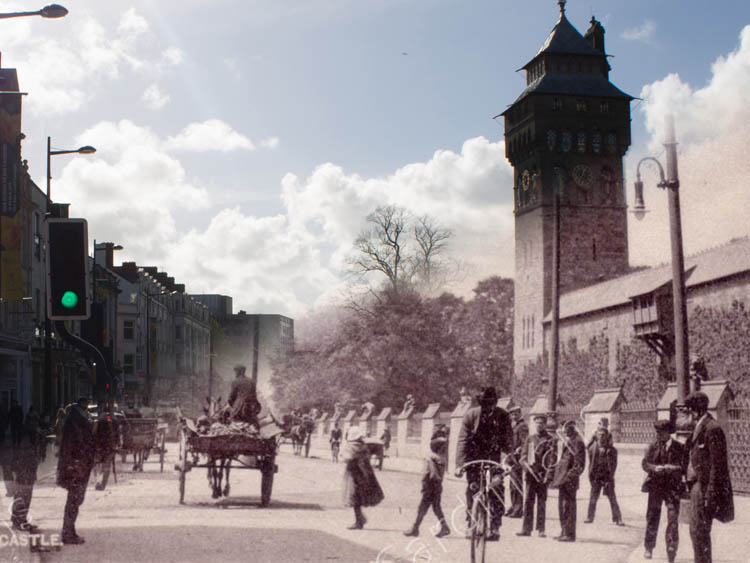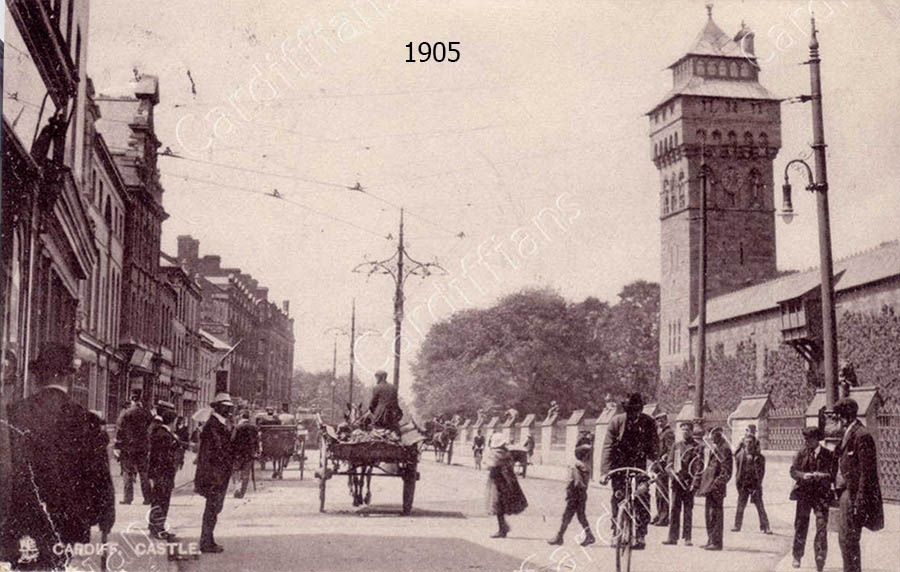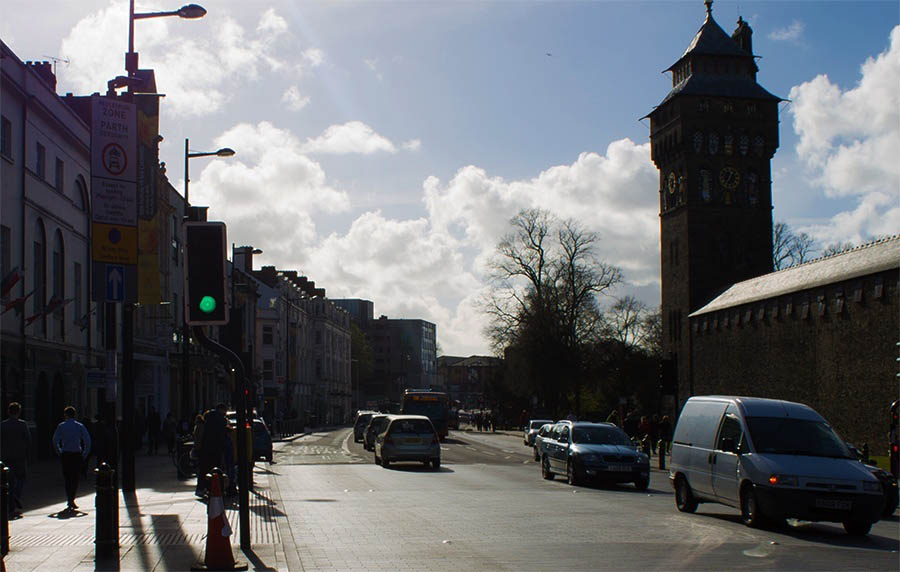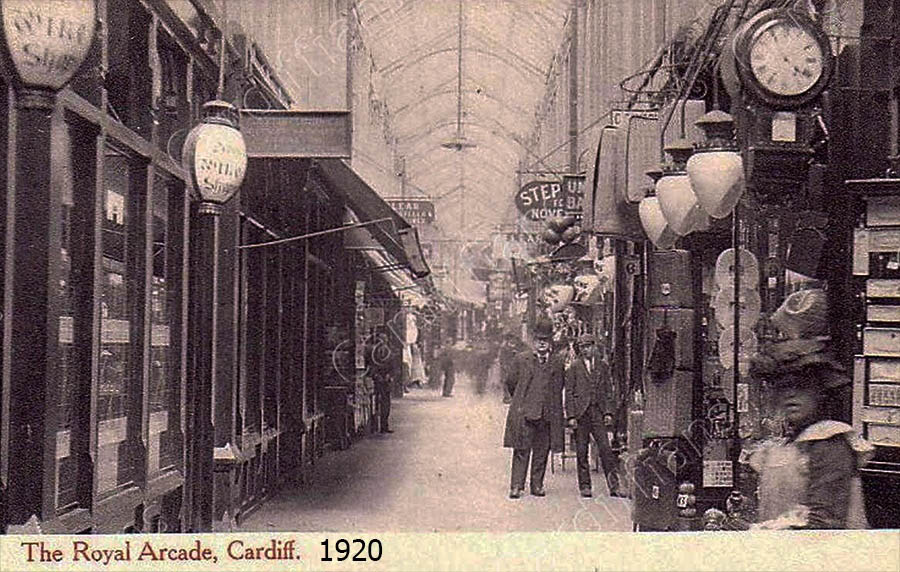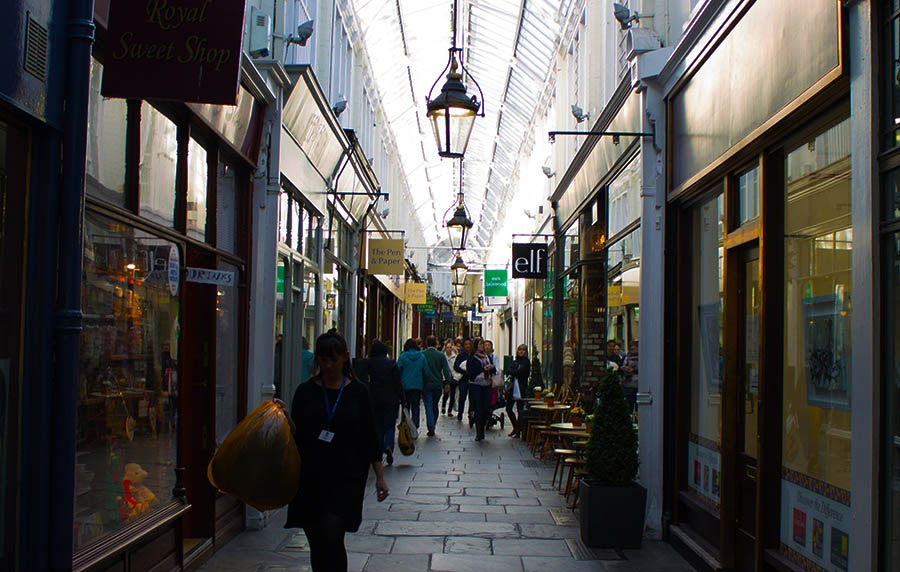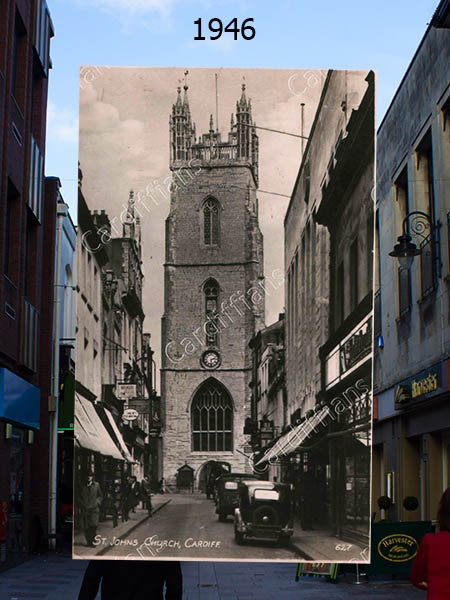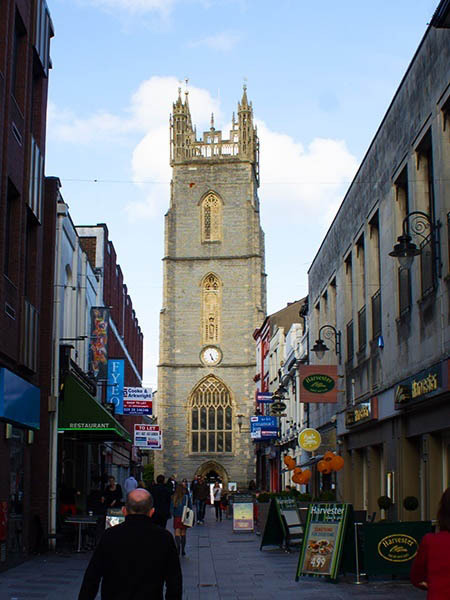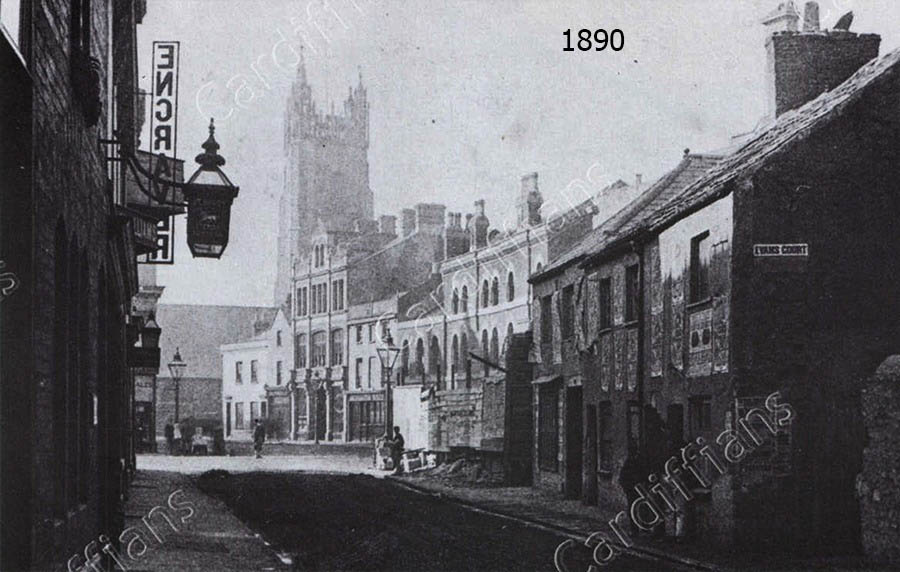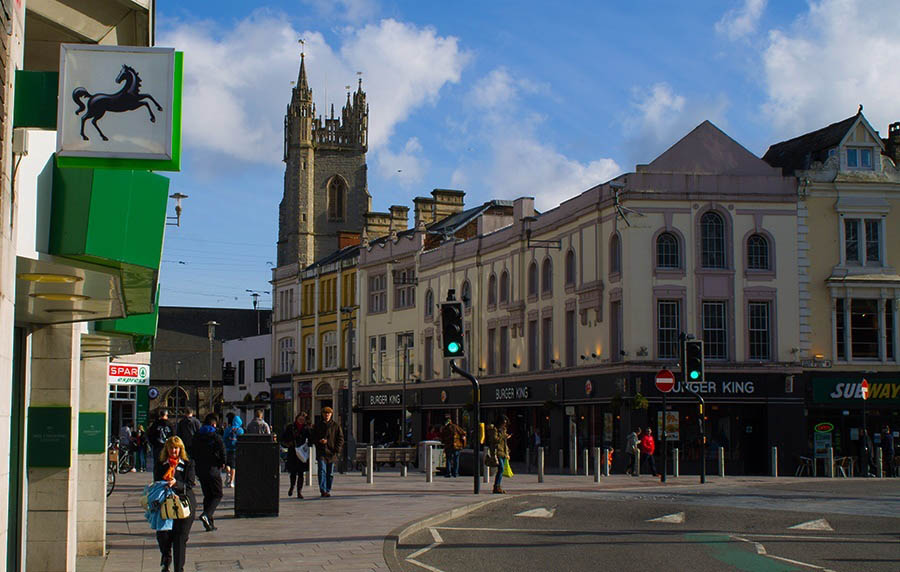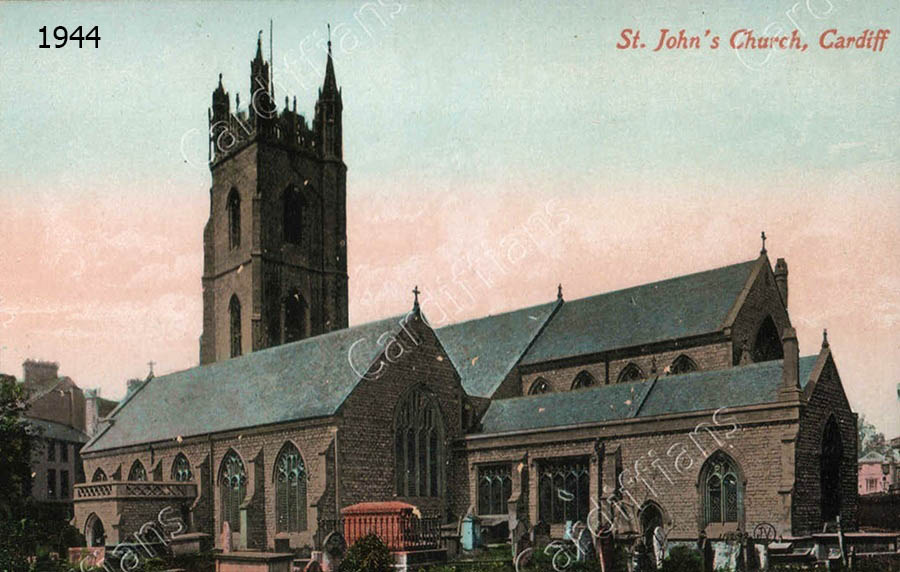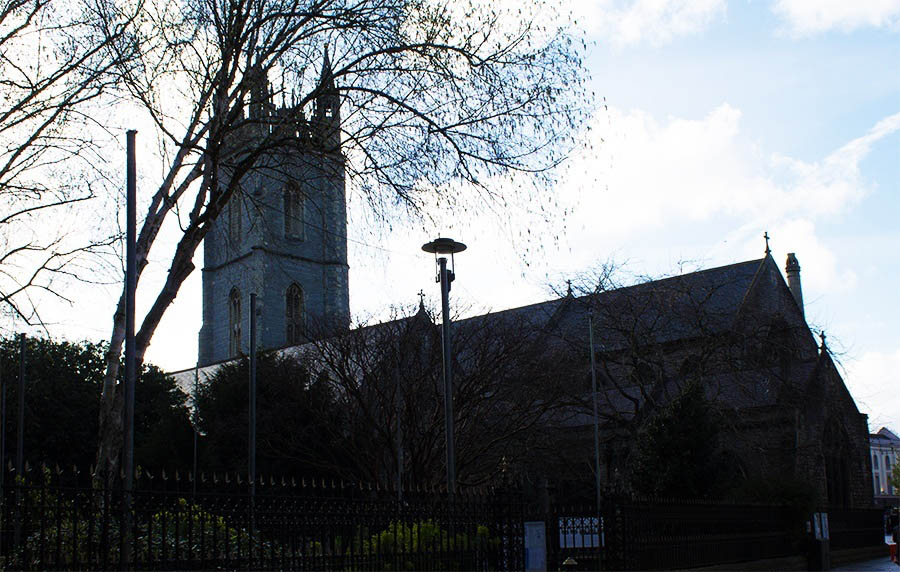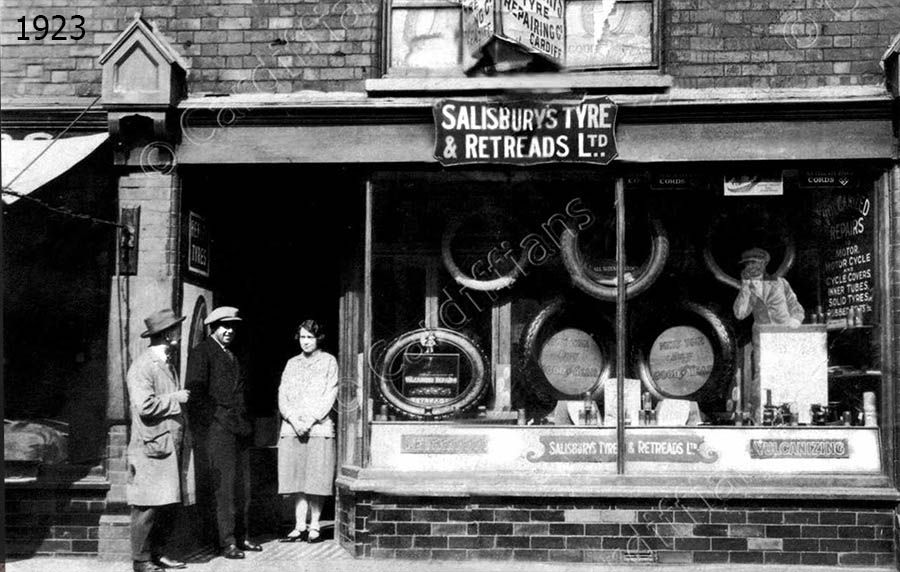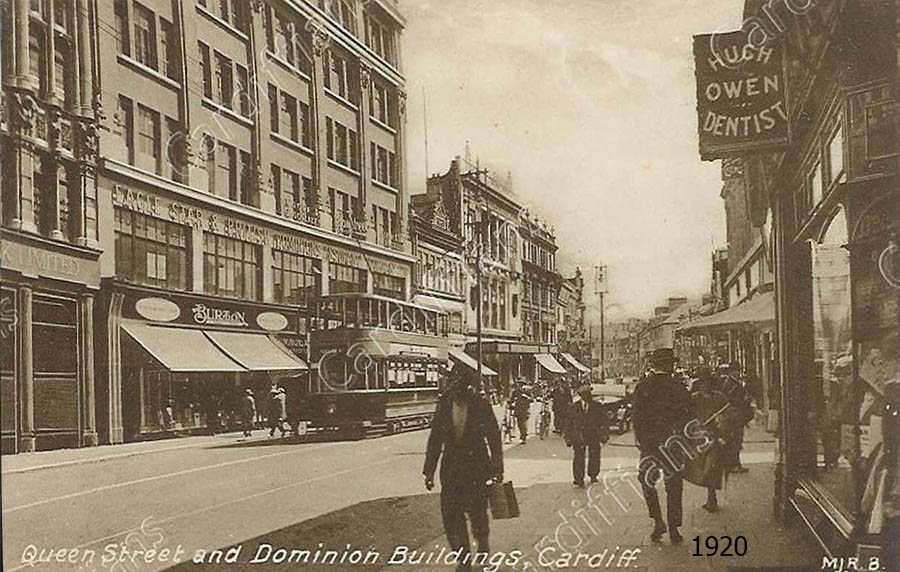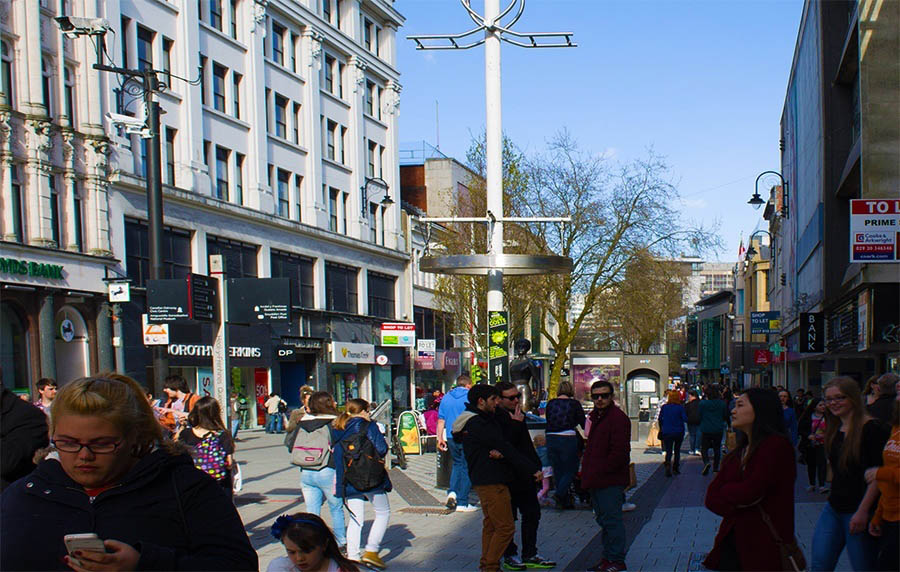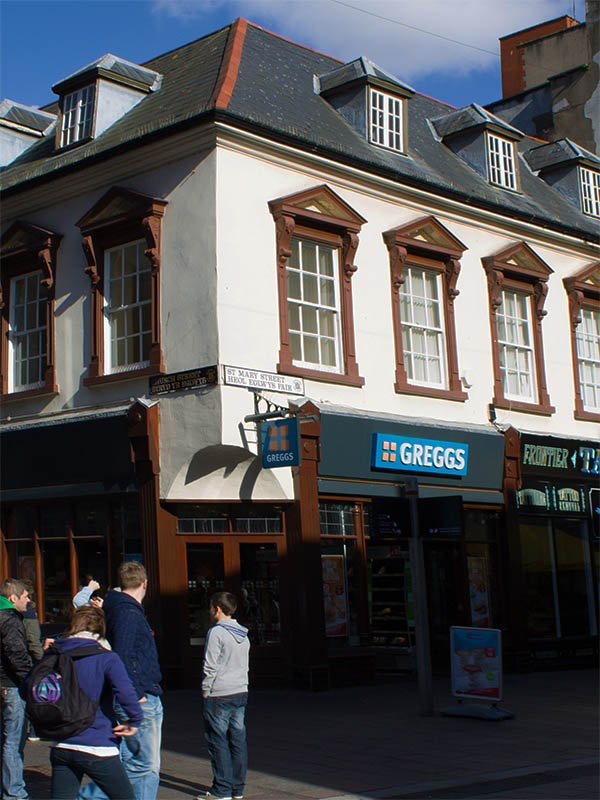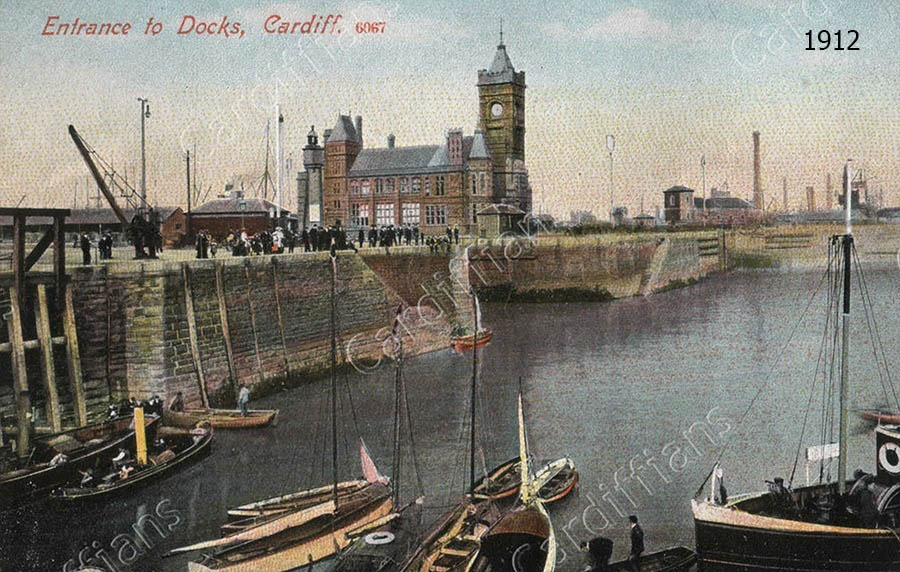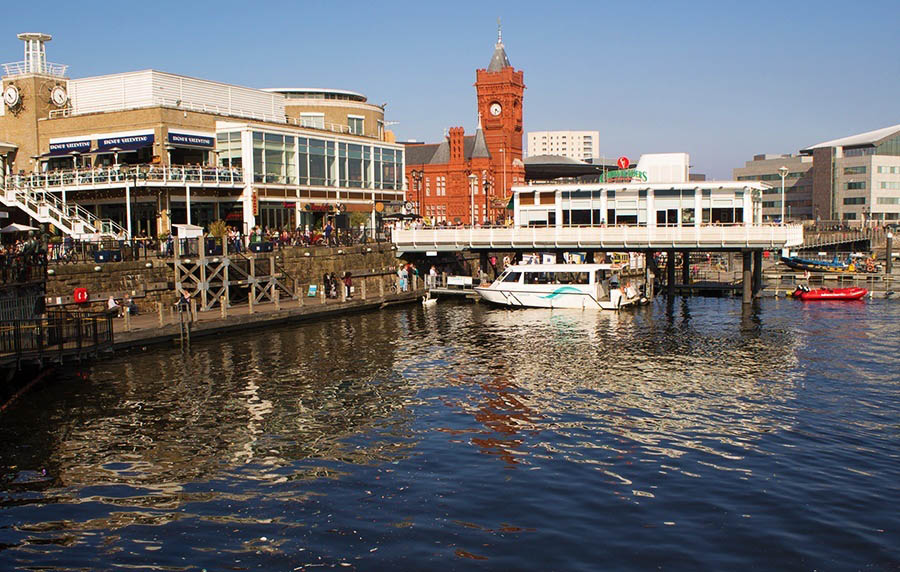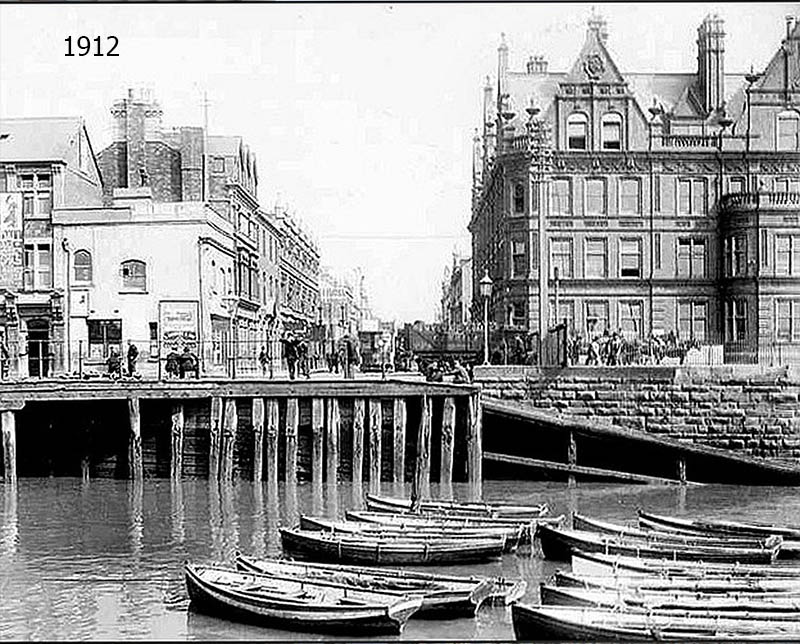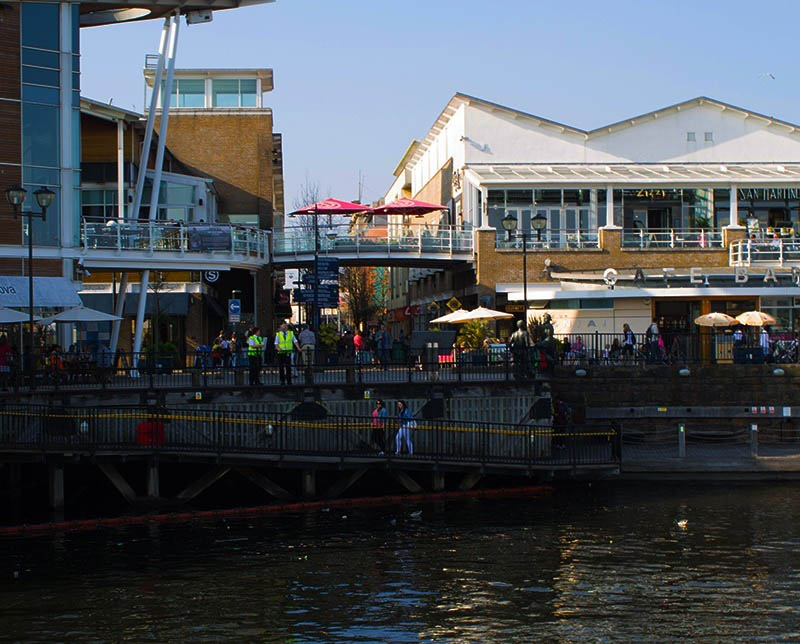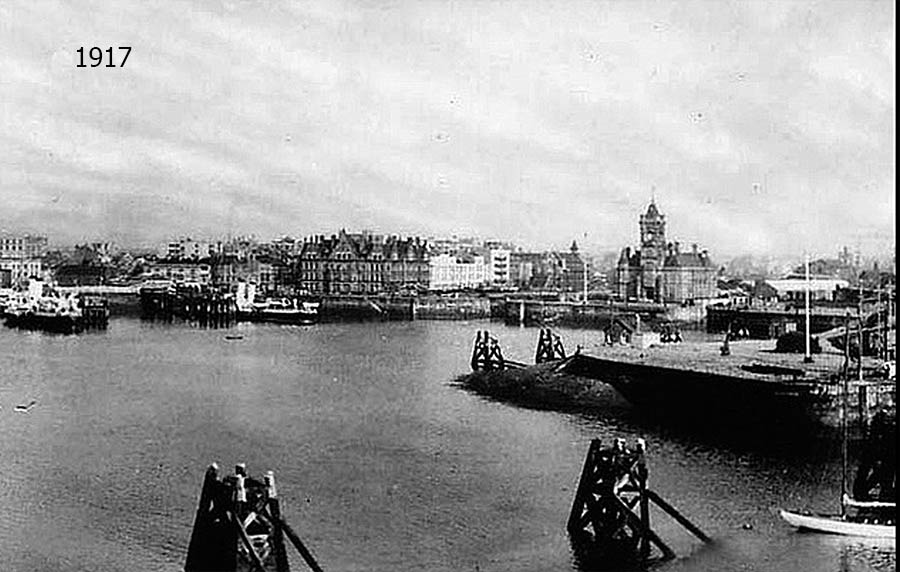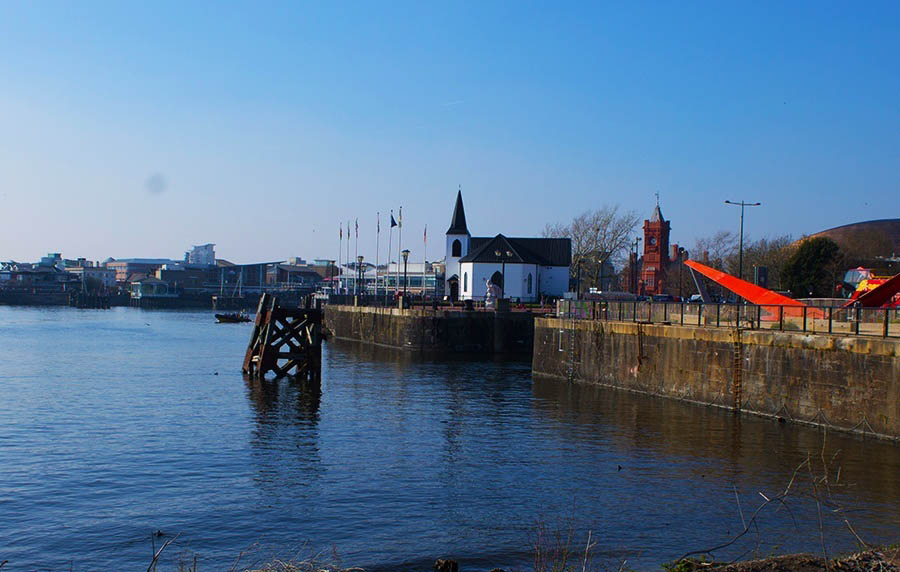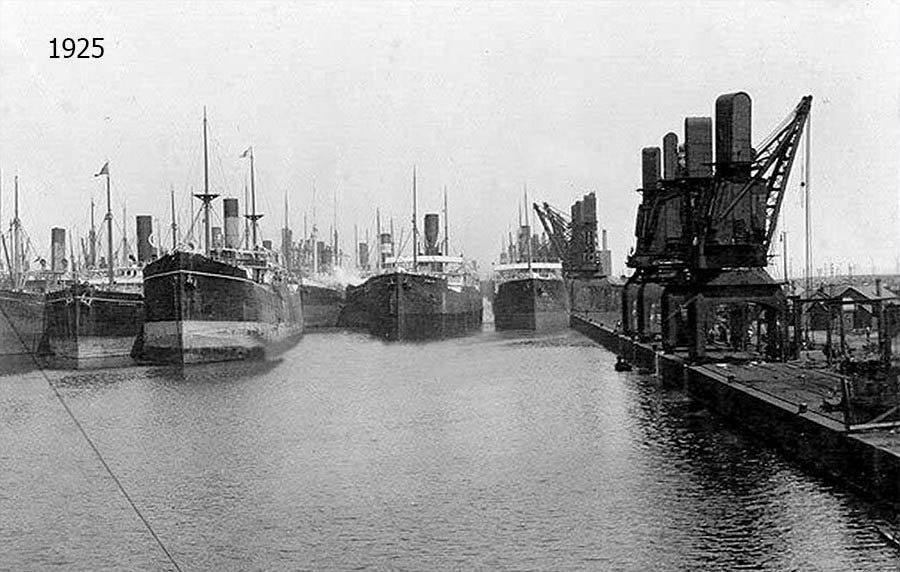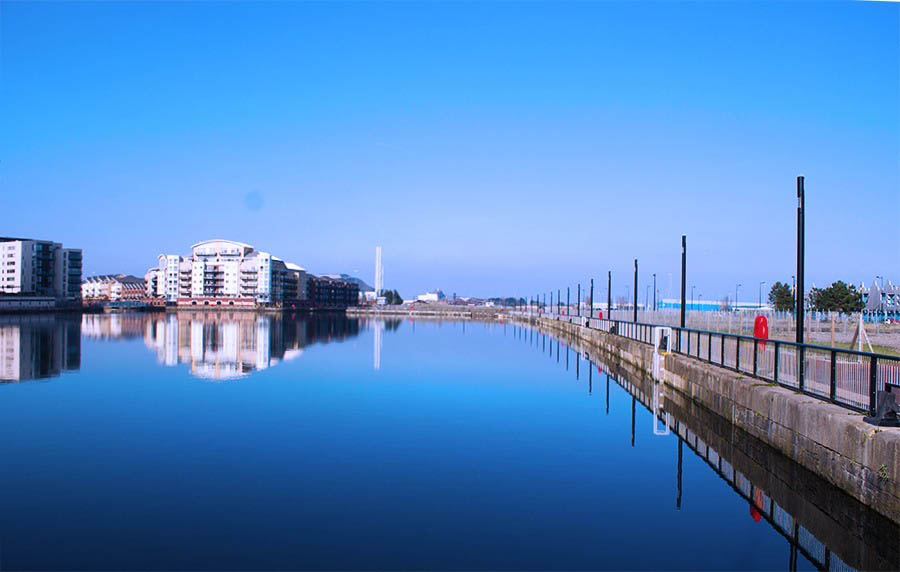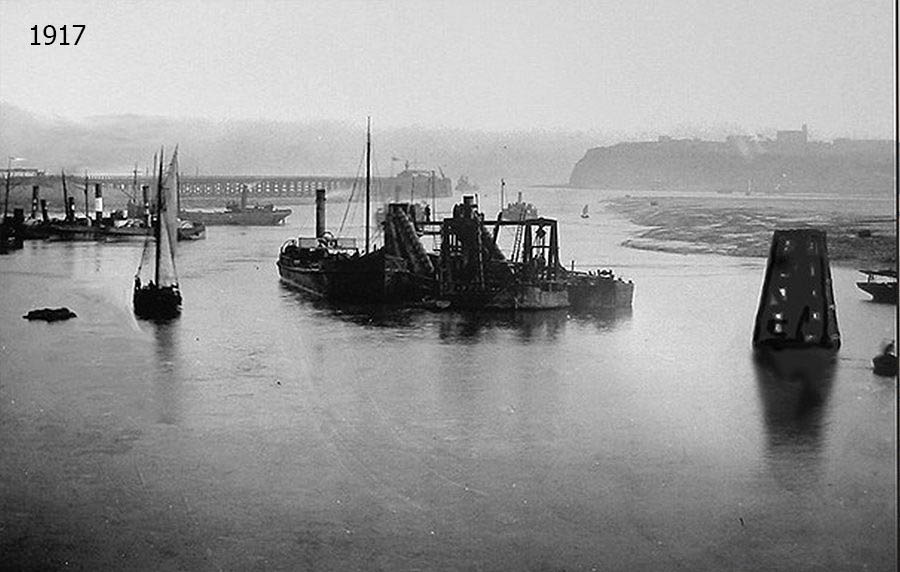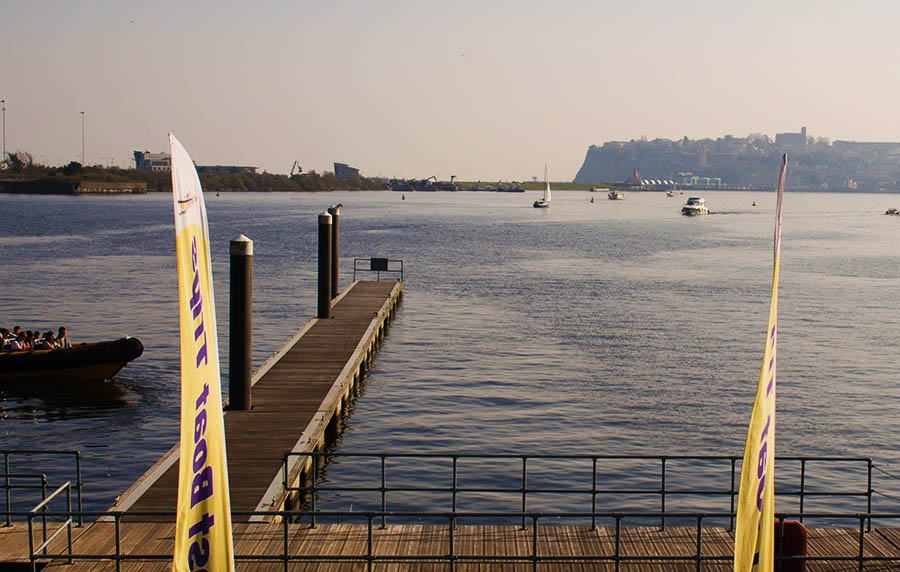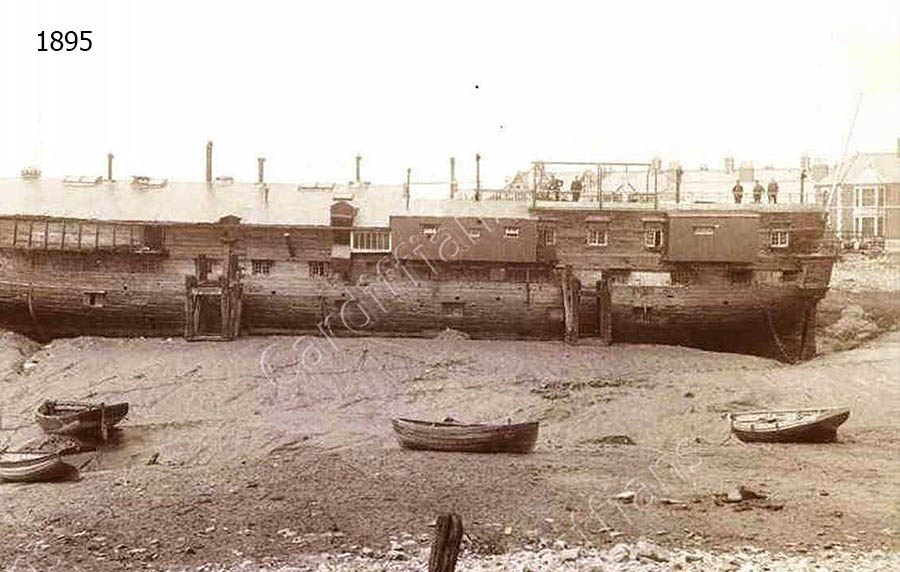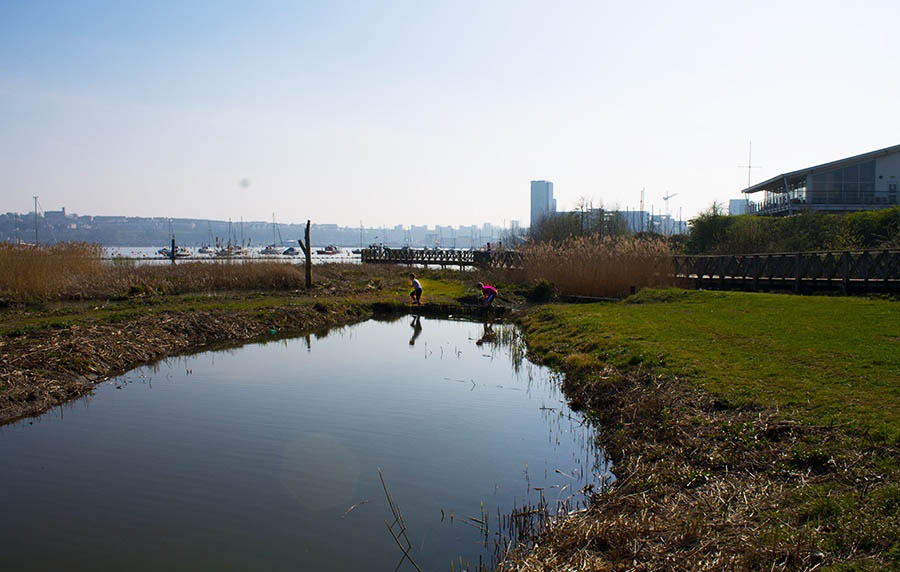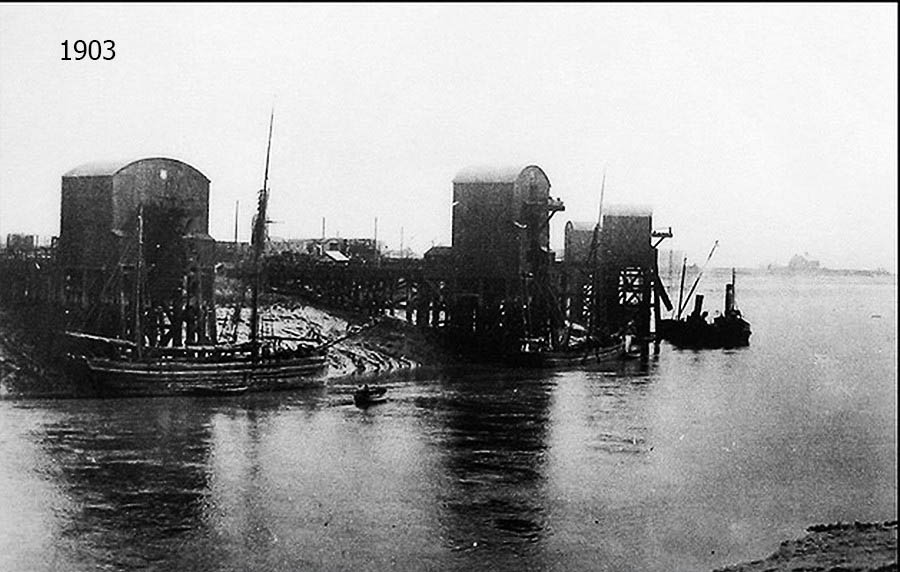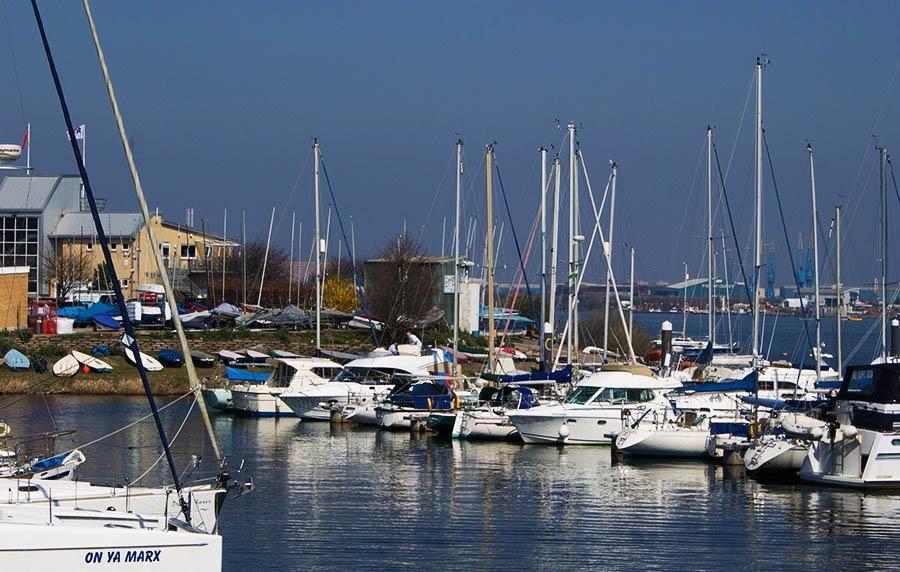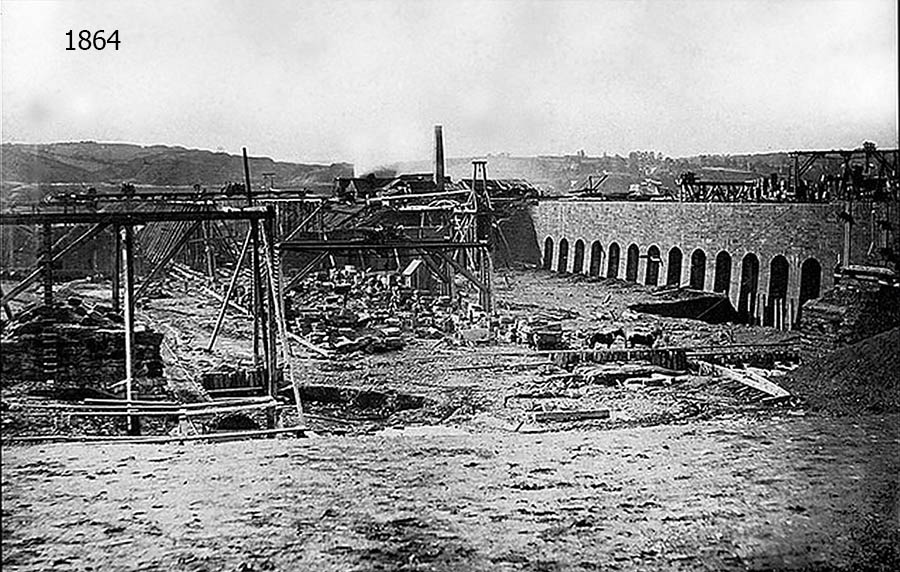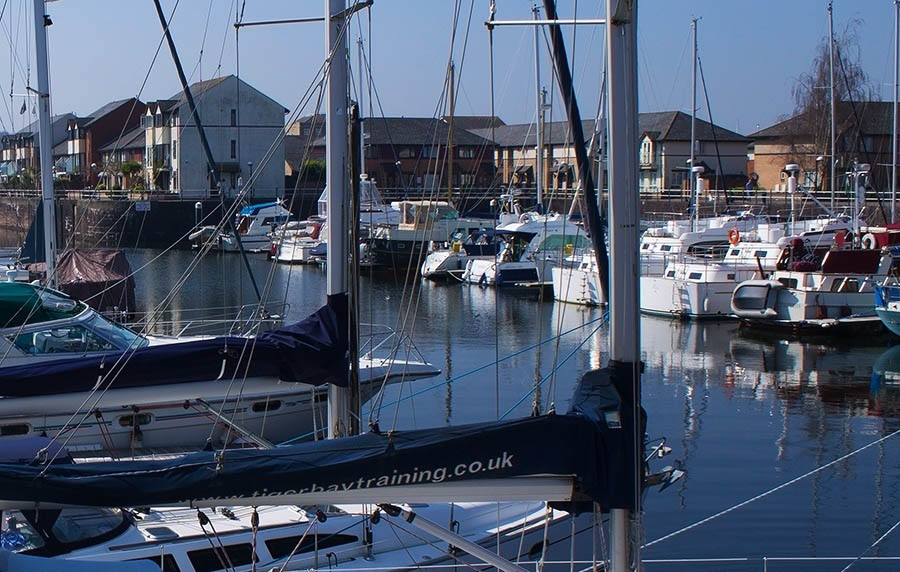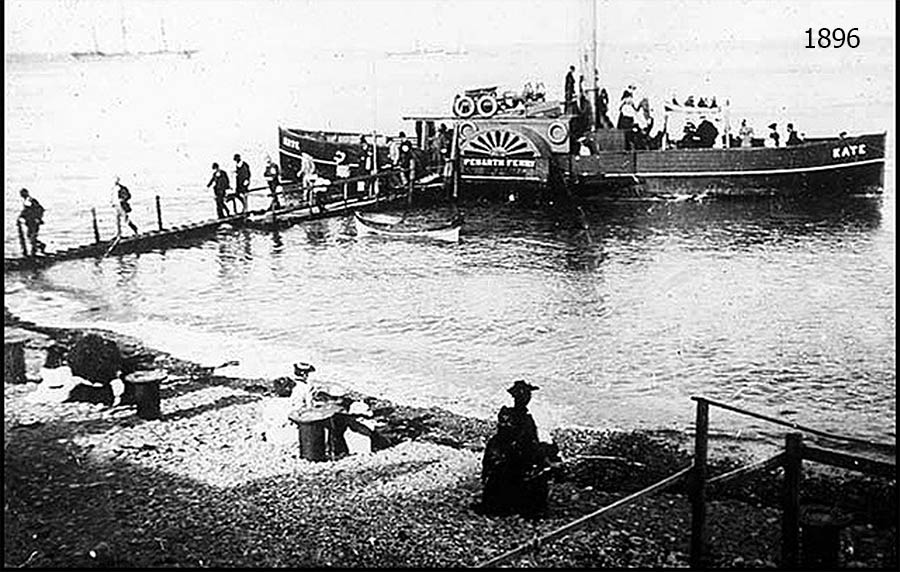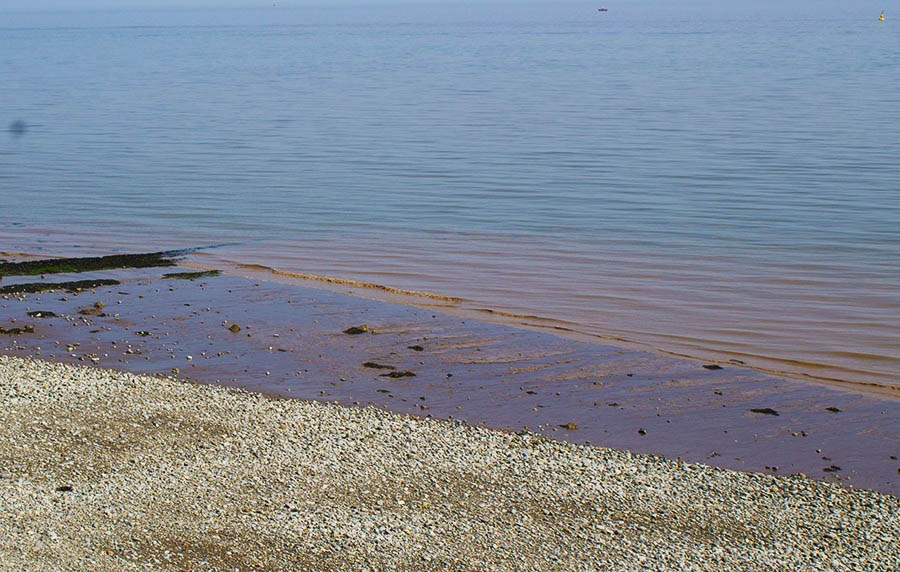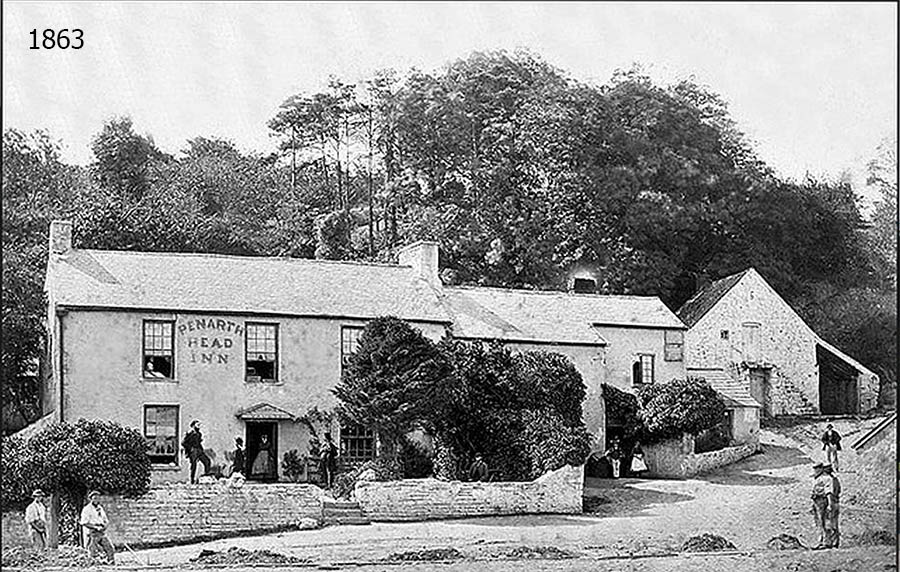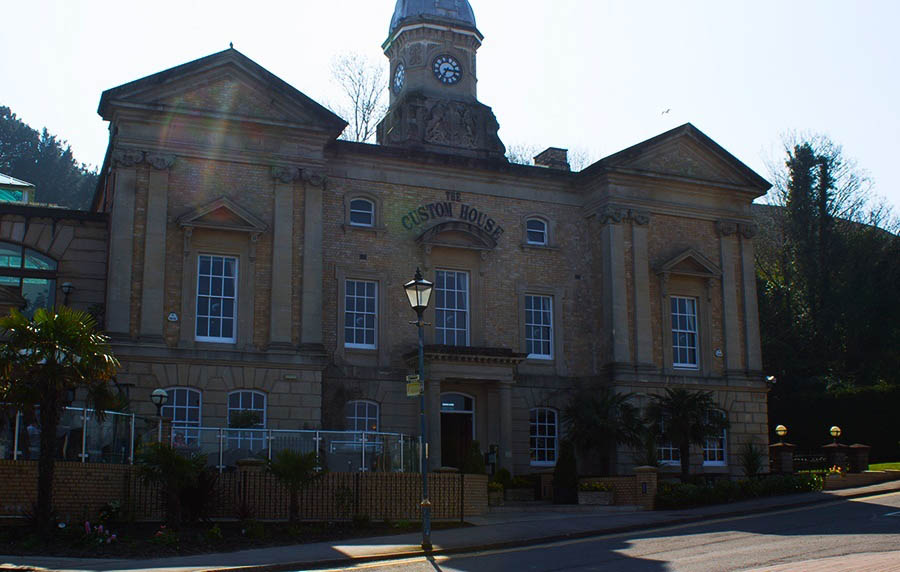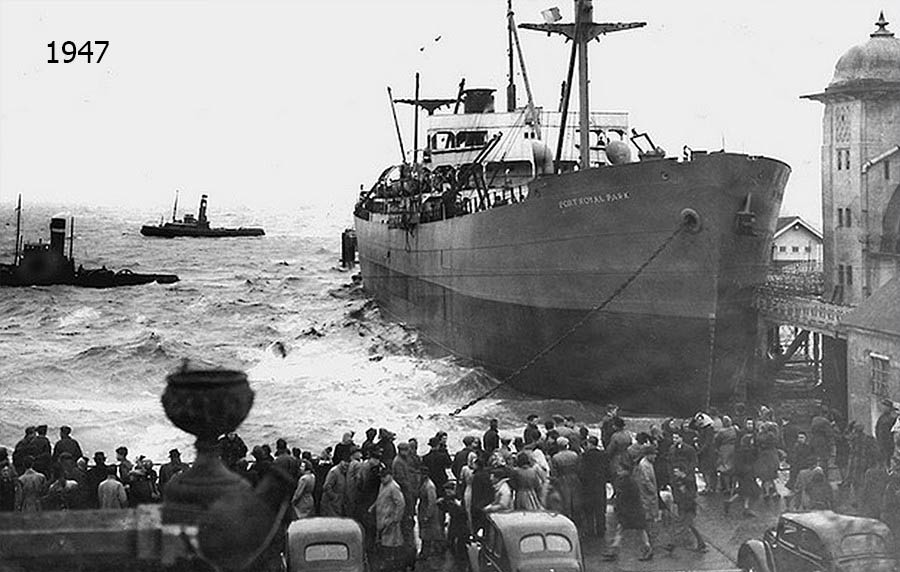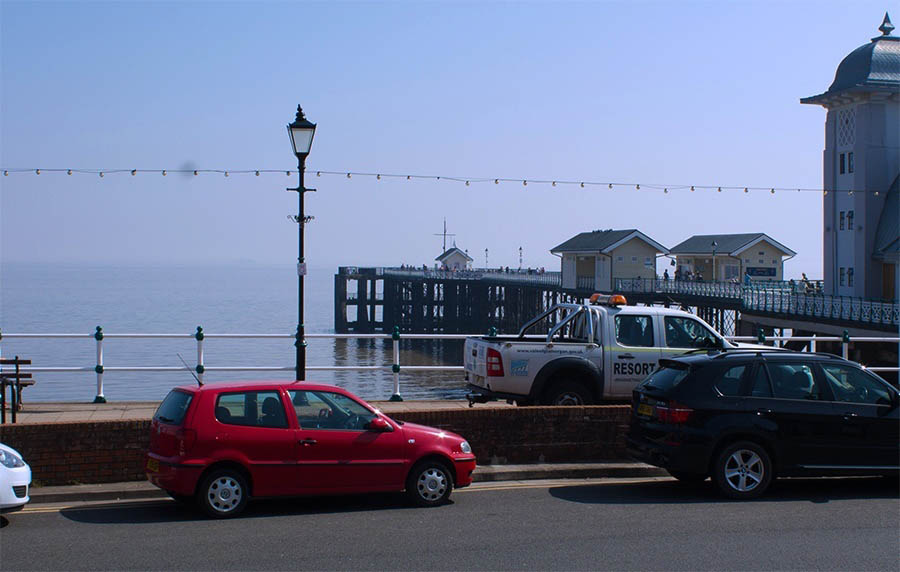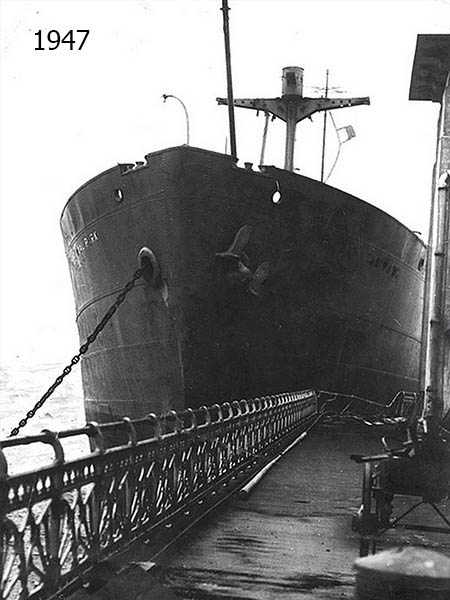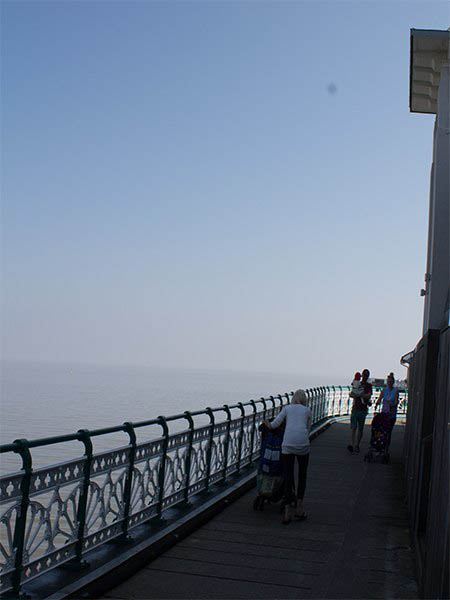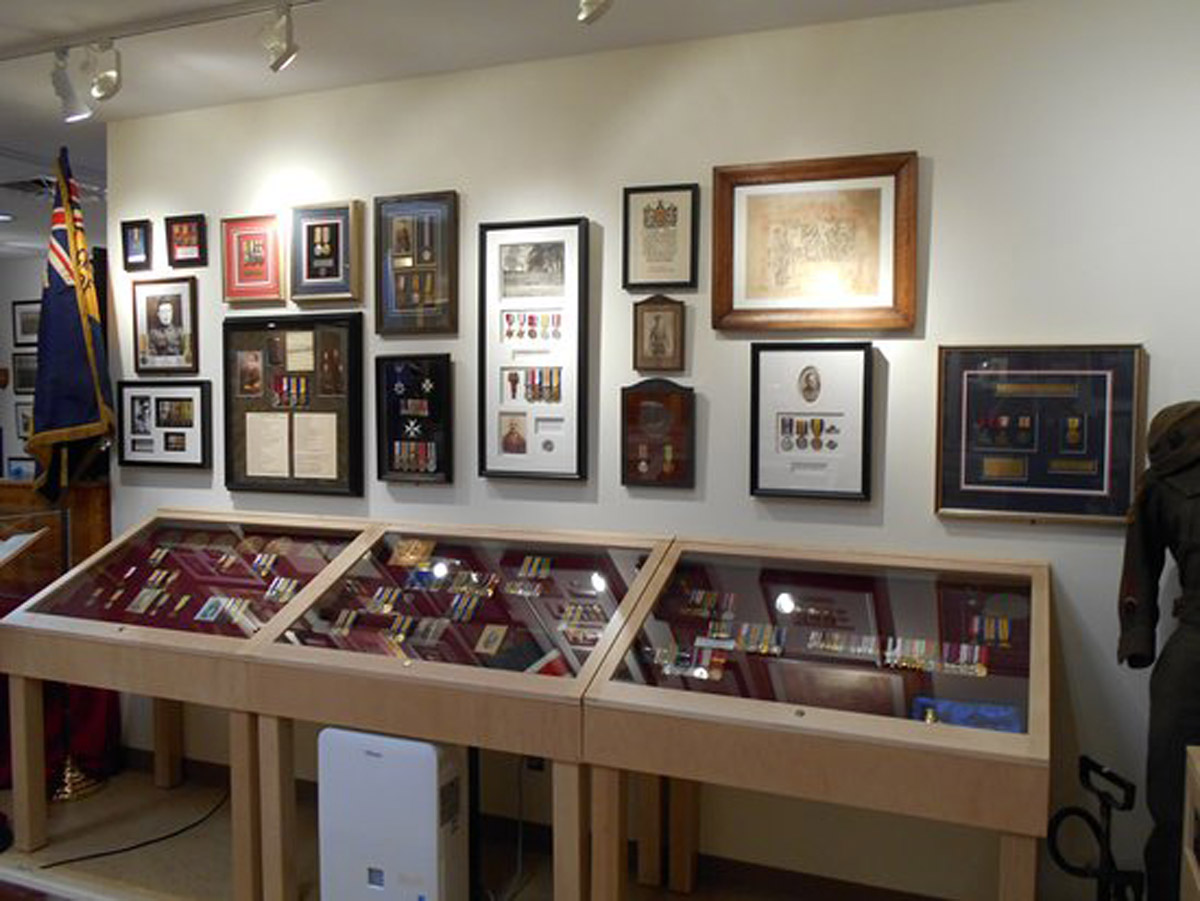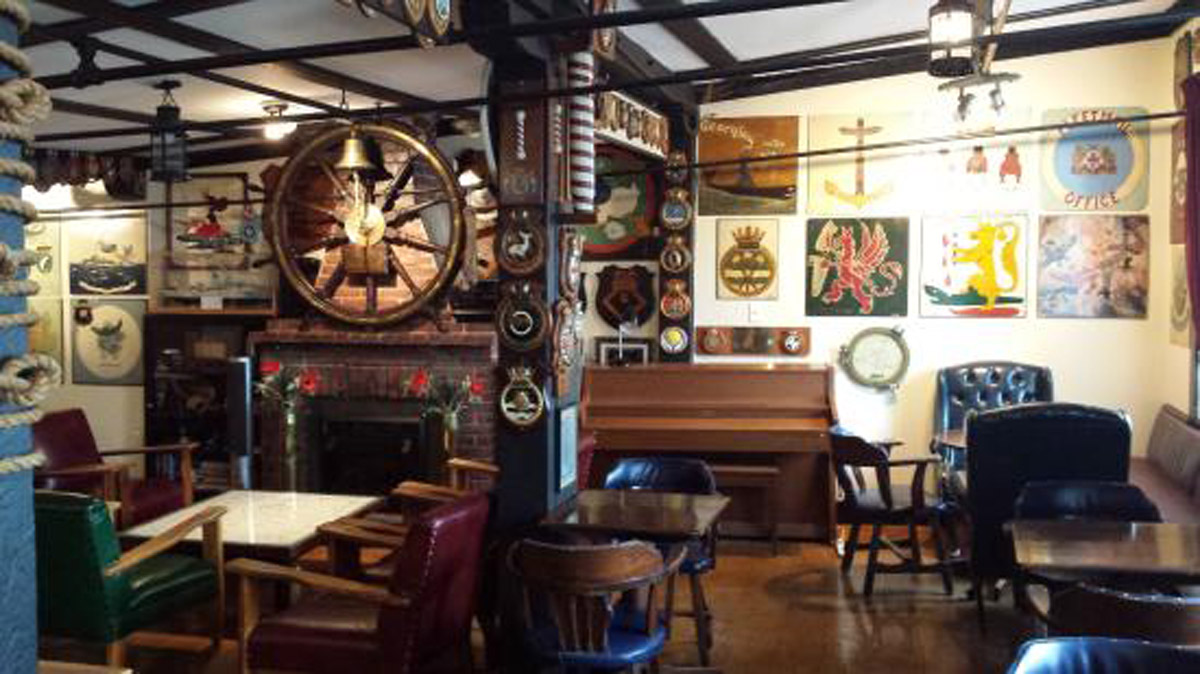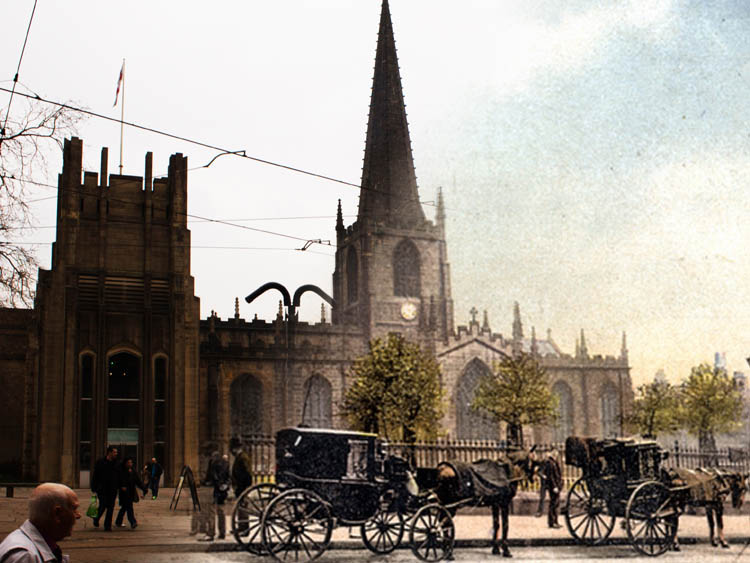Partner City
Cardiff
Heart of Wales
Cardiff's wonderful natural harbour made it a natural choice for human habitation, and indeed, people have been living here for at least six millennia. Yet for much of its recent history Cardiff did not stand out from the other Welsh towns and it was by no means clear it would one day rise to become the its cultural, political and economic heart of Wales. The people living here were a tribe called the Silures who left behind few buildings but some ornate burial chambers. When the Romans arrived they set about building up the area into a bustling legionary town. Part of the walls of their fort are still visible today, incorporated into the castle's walls. Yet after the collapse of Roman rule, the same easy access to the sea that made Cardiff such an appealing location also made it dangerous. Saxon and later Viking raiders roamed the coasts, attacking the city and apparently causing it to become depopulated. Finally in 1091, the new Norman Lord of Glamorgan set about building the castle we see today atop the ruins of the Roman fort. Reaching a population of 2,000 by the late Middle Ages, Cardiff was then the largest town in Wales, though small compared to many in England. It would continue on as a sleepy market town and port until the Industrial Revolution, when the discovery of new applications for coal changed everything. The man credited with creating modern Cardiff was John Crichton Stuart, the 2nd Marquess of Bute. He set about building up the docks in Cardiff Bay and linking them by railway to the Welsh hinterlands so rich in coal. These steps caused the city's population to explode and the Marquess of Bute to become very wealthy indeed. New docks at Penarth, as well as the Roath and Queen Alexandra docks led Welsh coal exports to soar to new highs—some 10.7 million tons at their peak in 1913. Following the war the importance of Cardiff's coal exports suddenly began to decline. Ships everywhere were switching to oil while inter-war Germany flooded Europe with cheap coal. Cardiff's fortunes were fading before the Great Depression even hit. Unemployment soared and much of the dock areas began to fall into disrepair. This was only exacerbated by German bombing in the Second World War. Coal export finally ceased altogether in 1964. The lone bright spot was when Cardiff was designated capital of Wales in 1955, beating out Caernarfon. Wales had never had a capital before and Cardiff was chosen partly because it already hosted a number of Welsh institutions and partly because of the electoral politics of the time. As the Encyclopedia of Wales points out, the choice of Cardiff "had more to do with the fact that it contained marginal Conservative constituencies than any reasoned view of what functions a Welsh capital should have." The city's status as capital has had a number of effects, most notably the establishment of the Welsh National Assembly in the modern Senedd building. Cardiff's economy has rebounded spectacularly, aided by a massive docklands regeneration project, and now the people living there have one of the highest standards of living in the United Kingdom. Tourists flock to the city from all over the world while global shows like Doctor Who have set up shop in the city. The Then photos of central Cardiff come from the Cardiffians photography history page, while those of Cardiff Bay come from Ben Salter's Fluidr Page. I took the Now photos in April 2015.
Explore
Cardiff
Then and Now Photos
In Front of Cardiff Castle
1905
A postcard view of the tower at Cardiff Castle. I'm always fascinated by the crowds in century old photos milling about in the middle of the street. Evidently it was a much safer proposition than it is today.
Royal Arcade
1920
This is the oldest of Cardiff's shopping arcades, the Royal Arcade. It hasn't changed much since it was built in 1858.
Front of St.John's Church
1946
One of the few surviving relics of Cardiff's medieval past. After the castle, Saint John's Church is the oldest building in Cardiff and dates to the 12th Century.
St. John's Street
1890
Another view of Saint John's Church, this one from Saint John's Street. A sign on the right indicates Evans Court once stood at that spot. Until recently houses were built right up to the castle rampart, but most have since been cleared to give people unobstructed views of the castle and let more traffic into the city centre.
Salisbury Tyre & Retreads Ltd.
1923
My best guess at the former location of Salisbury's Tyre and Retreads on Frederick Street. It was owned by Charles Patrick and Lilian May Salisbury, but like most mom and pop shops the world over, it has been demolished to make way for a corporate outlet store.
People on Queen Street
1920
Here we get a nice view of a double-decker tram passing in front of the Dominion Buildings in 1920. Today the crowds are out along the bustling shopping street.
Squire John Richards House
1903
Squire John Richards House on Saint Mary's Street has been remodeled somewhat and has new tenants, but it is still the same building.
Postcard of Pierhead
1897
Cardiff's gorgeous Pierhead building. Originally built in 1897 to serve as headquarters for the Bute Dock Company, it was built in a Franco-Gothic Renaissance style that is fairly unique in the United Kingdom. The clock tower on it is often called Baby Big Ben or the Big Ben of Wales. Right beside the Senedd, it is incorporated into the whole site and is now a Welsh history museum.
Bute St. from the Harbour
1912
Down in Cardiff Bay we get this interesting shot looking up Bute Street. The photographer was originally standing in the paddle steamer quays berth, which is now the site of a restaurant. The dramatic redevelopment of Cardiff Bay makes it not so surprising that none of the original buildings remain.
Mermaid Quay
1917
A view towards the Pierhead Building and what is today Mermaid Quay. I'm reasonably close to the correct spot with this photo, though I believe the photographer in 1917 was standing atop a warehouse that is now the site of the Doctor Who Experience. Surprisingly, as that church looks fairly old, it was not there when the original was taken.
Roath Dock
1925
If you were ever in any doubt that Cardiff was one of the busiest ports in the world, this shot of Roath Dock should disabuse you of the notion. As Ben Salter's caption reminds the reader, there were once so many ships moored at Cardiff it was said one could cross from one side to the other of the enormous docks by jumping from ship to ship.
Looking Towards Penarth
1917
Looking from in front of the Pierhead towards Penarth. The skyline atop the bluffs is still dominated by a church. The low tide in the old photograph is a reminder that this was taken before the locks were built and the harbour's water levels could be controlled.
"Rat Island" Hospital
1895
This beached hulk was actually converted into a hospital ship in 1866 for the thousands of seamen who came into Cardiff's port, frequently bringing with them contagious diseases. The Marquis of Bute donated the land on which she sat and it soon gained the rather unfortunate name of Rat Island. It was only in 1905 that a new seamen's hospital was built. After the harbour was closed off from the ocean by locks the land itself was turned into a protected marsh area for birds. You can see two boys hopping over the pond today.
Coal Hoists
1903
Coal hoists on the River Ely, a common site during Cardiff's coal-based heyday. They were not shut down until 1966. Since then the area has been reborn as a marina.
Building Penarth Dock
1864
Penarth Dock which celebrated its 150th birthday on 10 June 2015. Here the docks are being dug out. Though an important coal-export harbour, Penarth itself was and remains a hugely popular holiday destination and is known throughout the United Kingdom as 'The Garden by the Sea.' Many of Penarth's wealthy yacht owning residents sailed to Dunkirk in 1940 to rescue the BEF from the advancing Wehrmacht—the legendary 'little ships'.
Disembarking from the Ferry
1896
Passengers disembark from the little paddlewheel ferry Kate that ran between Penarth pier and the Pierhead. All visible are fashionably dressed.
The Old Customs House
1863
Since the Customs House here was built in 1865, this is an old photo indeed. Before that the Penarth Head Inn was a legendary haunt for smugglers for centuries of Cardiff's history. Perhaps fitting then that they put the Custom House on the same spot.
Ship Crashing into Pier
1947
Tugboats struggle to tow the Port Royal Park away from the pier at Penarth after the ship became untethered in the heavy seas and crashed right into the pier. A crowd has gathered to watch.
Ship Crashing Into Pier (2)
1947
Another view of the Port Royal Park crushing the dock. It's lucky the damage was not more extensive!

